Alkenes undergo :
addition reactions
substitution reactions
Both (A) and (B)
None of these
Step-by-Step Solution:
1. Understanding Alkenes:
- Alkenes are hydrocarbons that contain at least one carbon-carbon double bond (C=C). The general structure of an alkene can be represented as R-CH=CH-R', where R and R' are alkyl groups.
2. Bonding in Alkenes:
- In alkenes, there is one sigma (σ) bond and one pi (π) bond between the two carbon atoms. The σ bond is formed by the head-on overlap of atomic orbitals, while the π bond is formed by the sideways overlap of p orbitals.
3. Reactivity of the Pi Bond:
- The π bond has higher electron density above and below the plane of the molecule, making it susceptible to attack by electrophiles (electron-seeking species). This is due to the presence of the pi electrons that can be easily donated.
4. Electrophilic Attack:
- When an electrophile approaches the alkene, it can accept the π electrons from the double bond. This leads to the formation of a carbocation (positively charged carbon), where one carbon atom is now bonded to the electrophile, and the other carbon carries a positive charge.
5. Nucleophilic Attack:
- The positively charged carbocation is highly reactive and can be attacked by nucleophiles (electron-rich species). The nucleophile will bond with the positively charged carbon, leading to the formation of a new product.
6. Type of Reaction:
- The overall reaction can be classified as an addition reaction. In this process, the weak π bond is broken, and two new stronger σ bonds are formed, which is thermodynamically favorable.
7. Comparison with Substitution Reactions:
- Alkenes do not typically undergo substitution reactions because these reactions would require breaking a strong σ bond to replace a group, which is less favorable compared to the addition reaction where a weak π bond is broken.
8. Conclusion:
- Therefore, alkenes primarily undergo addition reactions rather than substitution reactions.
Final Answer:
Alkenes undergo addition reactions.
---
- Alkenes are hydrocarbons that contain at least one carbon-carbon double bond (C=C). The general structure of an alkene can be represented as R-CH=CH-R', where R and R' are alkyl groups.
- In alkenes, there is one sigma (σ) bond and one pi (π) bond between the two carbon atoms. The σ bond is formed by the head-on overlap of atomic orbitals, while the π bond is formed by the sideways overlap of p orbitals.
- The π bond has higher electron density above and below the plane of the molecule, making it susceptible to attack by electrophiles (electron-seeking species). This is due to the presence of the pi electrons that can be easily donated.
- When an electrophile approaches the alkene, it can accept the π electrons from the double bond. This leads to the formation of a carbocation (positively charged carbon), where one carbon atom is now bonded to the electrophile, and the other carbon carries a positive charge.
- The positively charged carbocation is highly reactive and can be attacked by nucleophiles (electron-rich species). The nucleophile will bond with the positively charged carbon, leading to the formation of a new product.
- The overall reaction can be classified as an addition reaction. In this process, the weak π bond is broken, and two new stronger σ bonds are formed, which is thermodynamically favorable.
- Alkenes do not typically undergo substitution reactions because these reactions would require breaking a strong σ bond to replace a group, which is less favorable compared to the addition reaction where a weak π bond is broken.
- Therefore, alkenes primarily undergo addition reactions rather than substitution reactions.
Alkenes undergo addition reactions.
Similar Questions
Why do alkynes undergo addition reactions while simple alkenes do not?
View SolutionVladimir Markovnikov rule:
Alkenes undergo electrophilic addition reactions. It is triggered by the acid acting as a electrophile toward π-electrons of the double bond.
Markovnikov's rule states that when an unsymmetrically substituted alkene reacts with a hydrogen halide, the hydrogen atom adds to the carbon that has the greater number of hydrogen, e.g.,
 In which of the following reaction, diastereomers will be formed?
In which of the following reaction, diastereomers will be formed?
View Solution
Knowledge Check
Vladimir Markovnikov rule:
Alkenes undergo electrophilic addition reactions. It is triggered by the acid acting as a electrophile toward π-electrons of the double bond.
Markovnikov's rule states that when an unsymmetrically substituted alkene reacts with a hydrogen halide, the hydrogen atom adds to the carbon that has the greater number of hydrogen, e.g.,
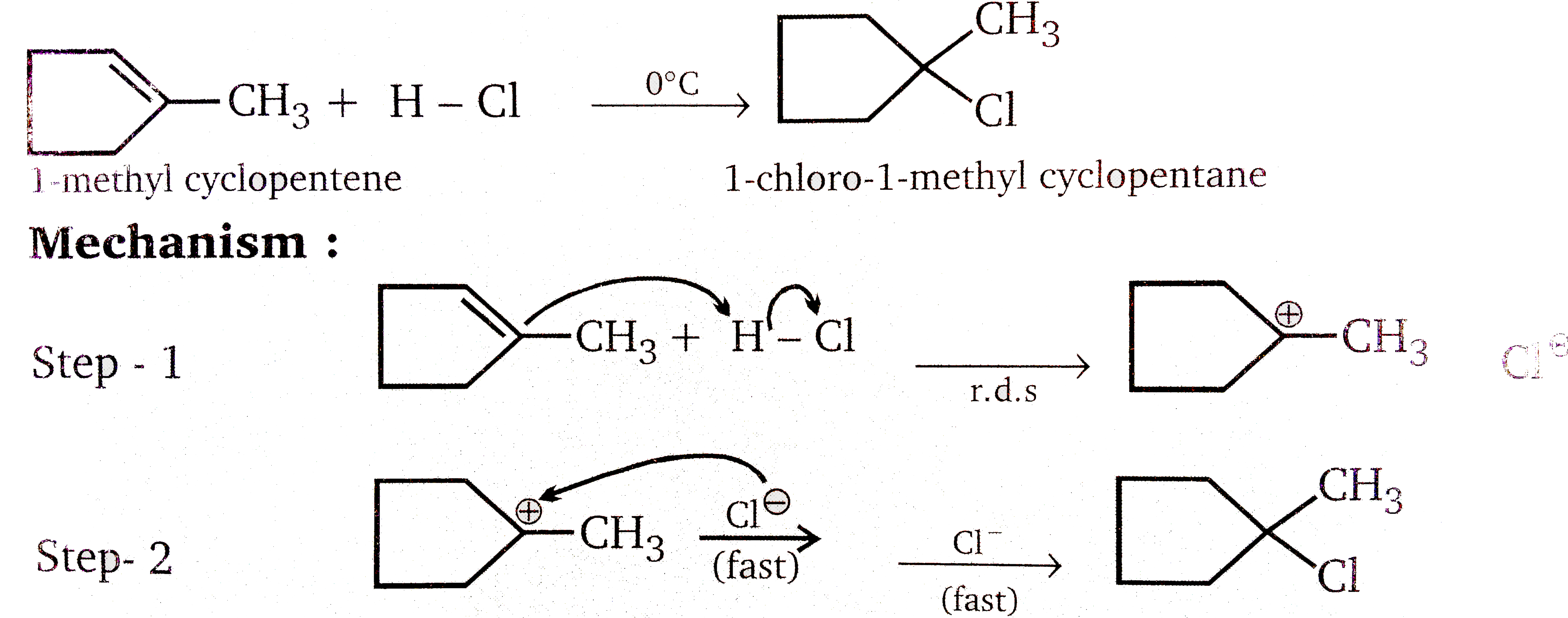 Which of the following is most reactive toward Markovnikov addition?A
Which of the following is most reactive toward Markovnikov addition?A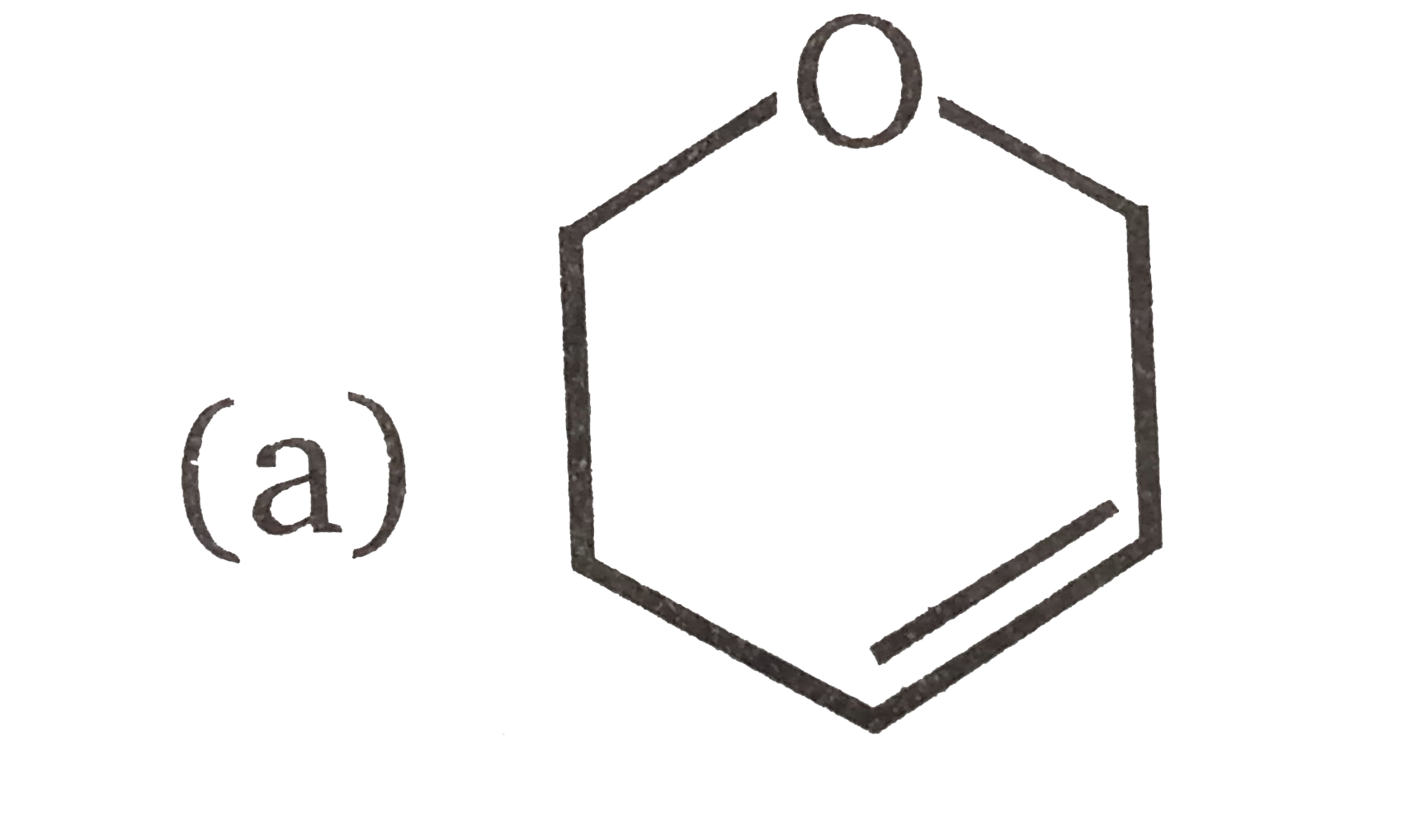 B
B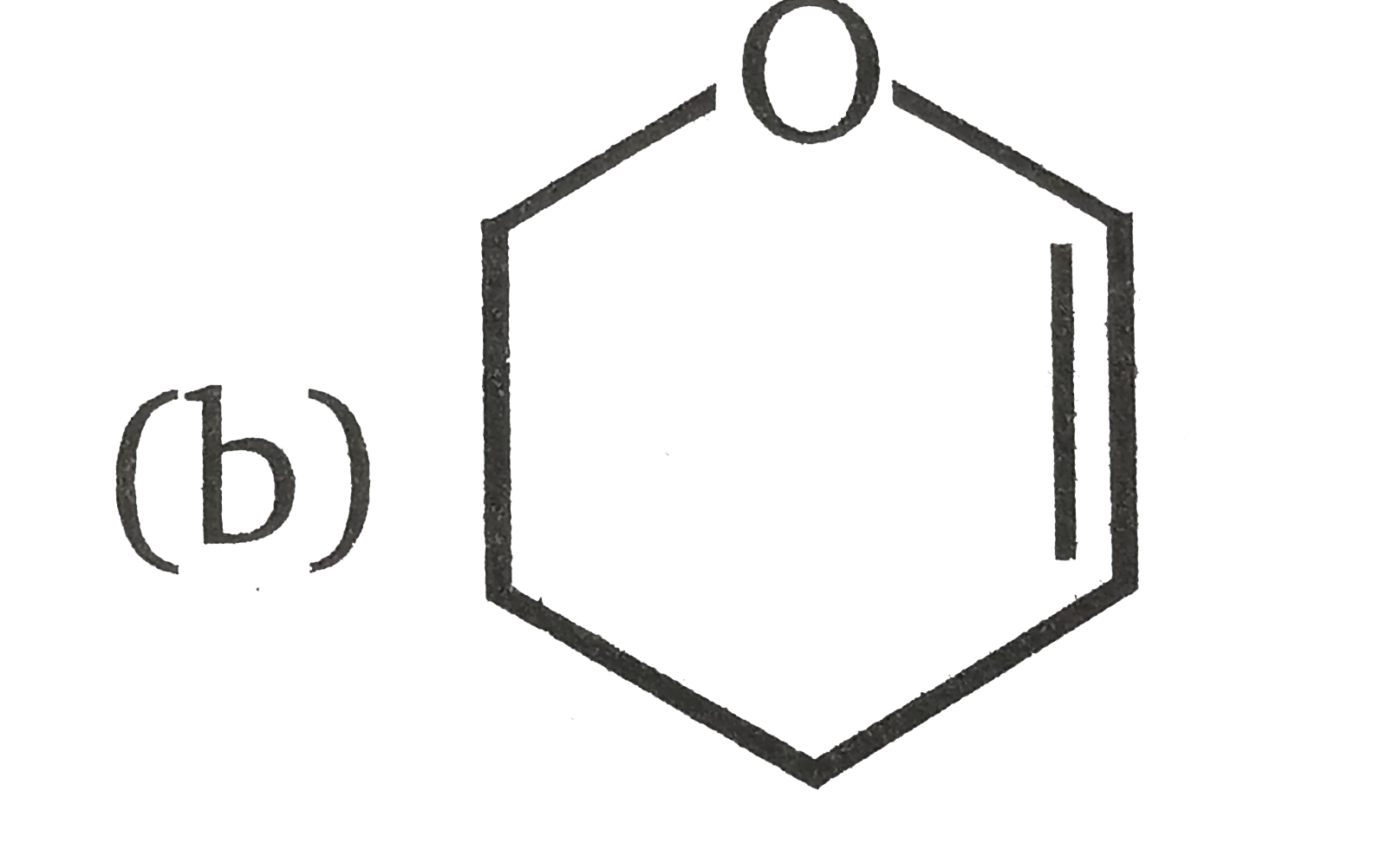 C
C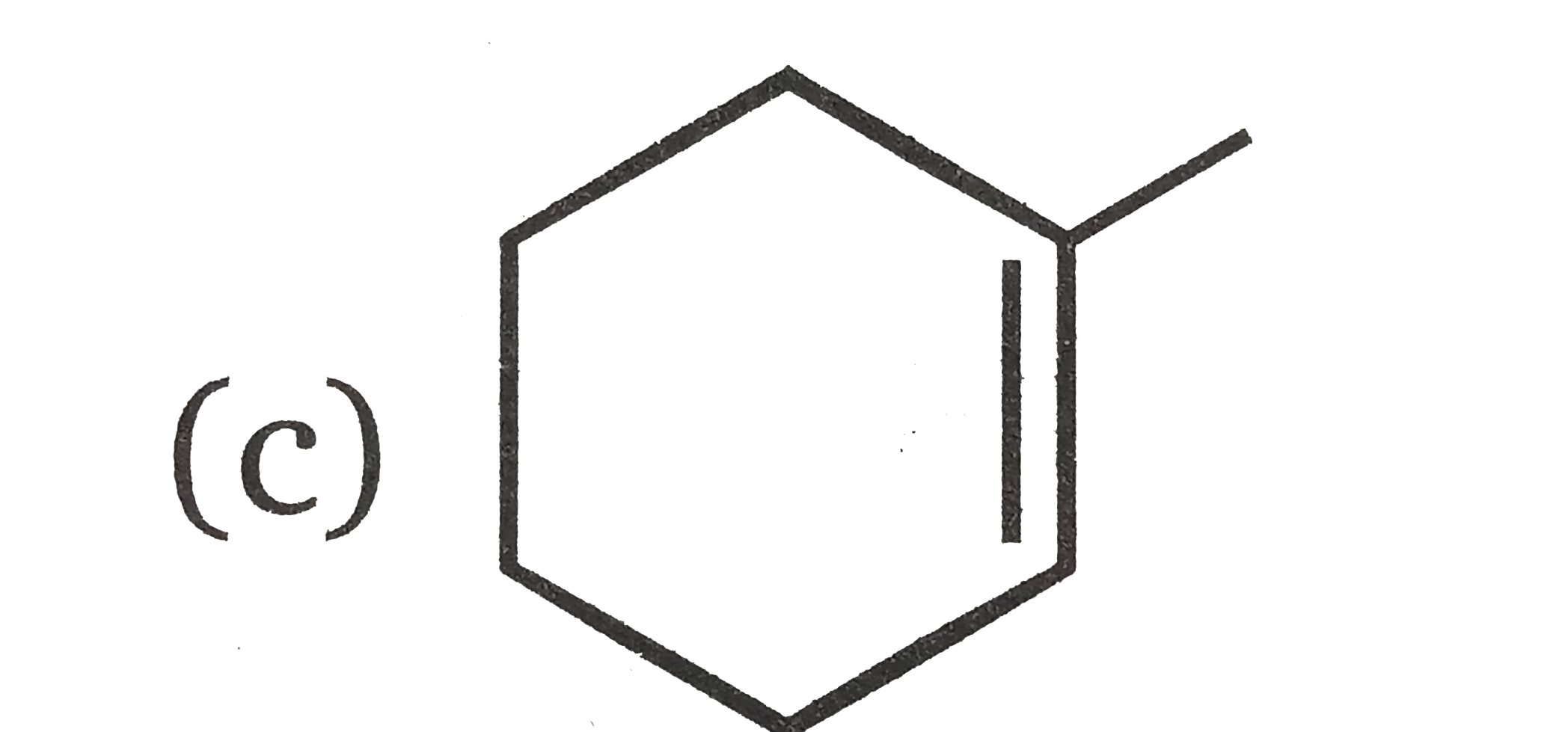 D
D
Vladimir Markovnikov rule:
Alkenes undergo electrophilic addition reactions. It is triggered by the acid acting as a electrophile toward π-electrons of the double bond.
Markovnikov's rule states that when an unsymmetrically substituted alkene reacts with a hydrogen halide, the hydrogen atom adds to the carbon that has the greater number of hydrogen, e.g.,
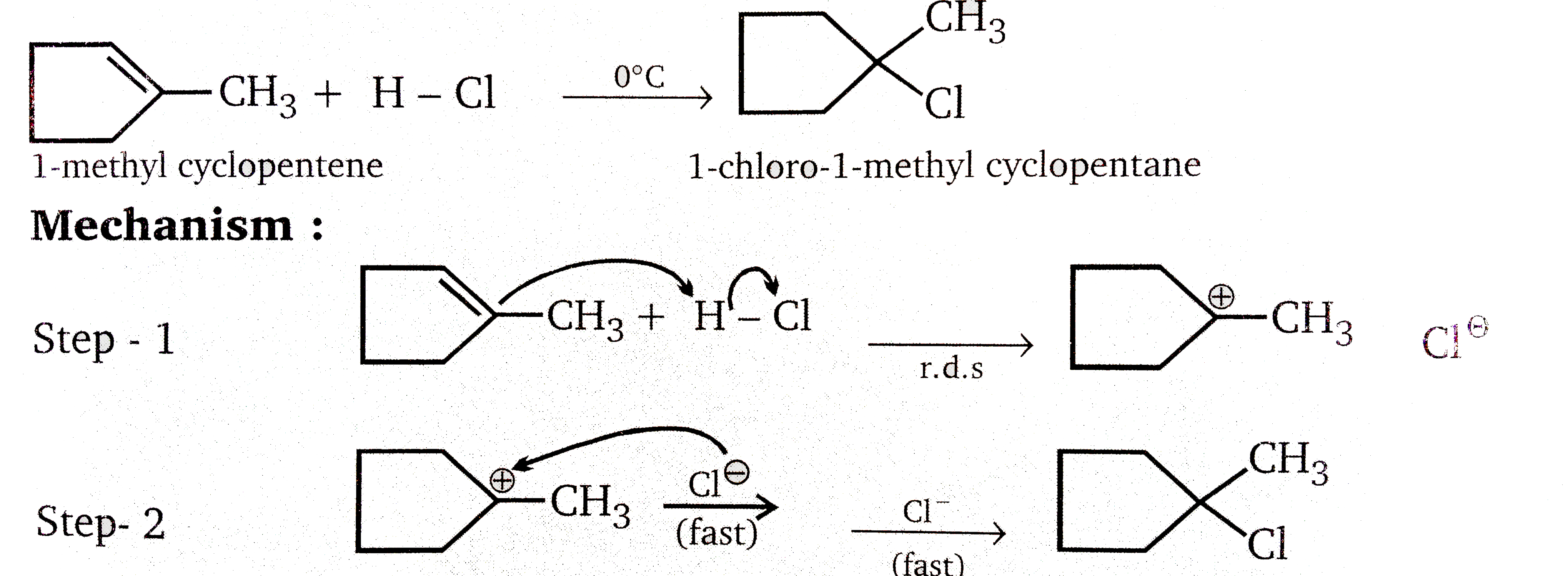
Identify the major products r1,r2 and r3 in the given reactions
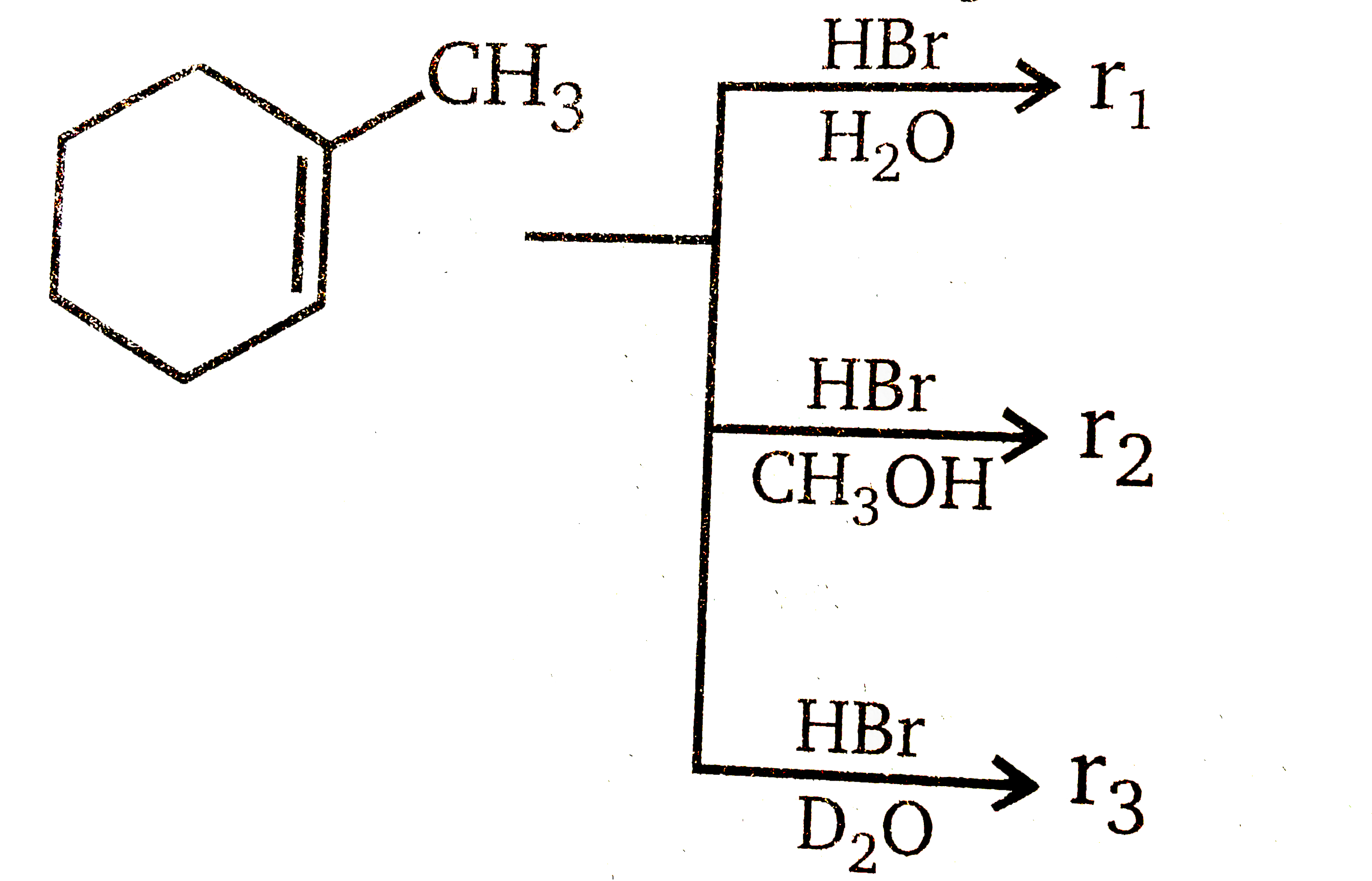 A
A B
B C
C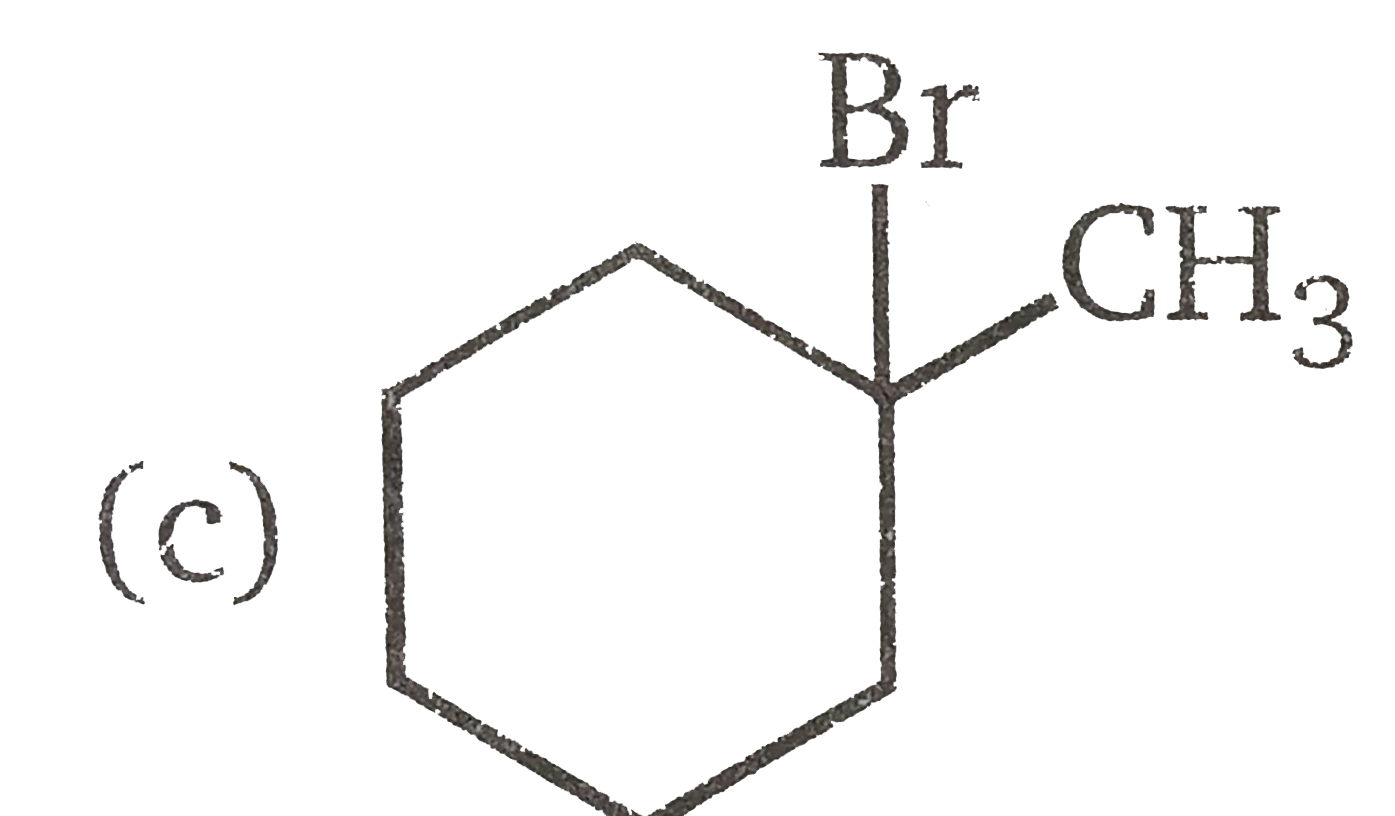 D
D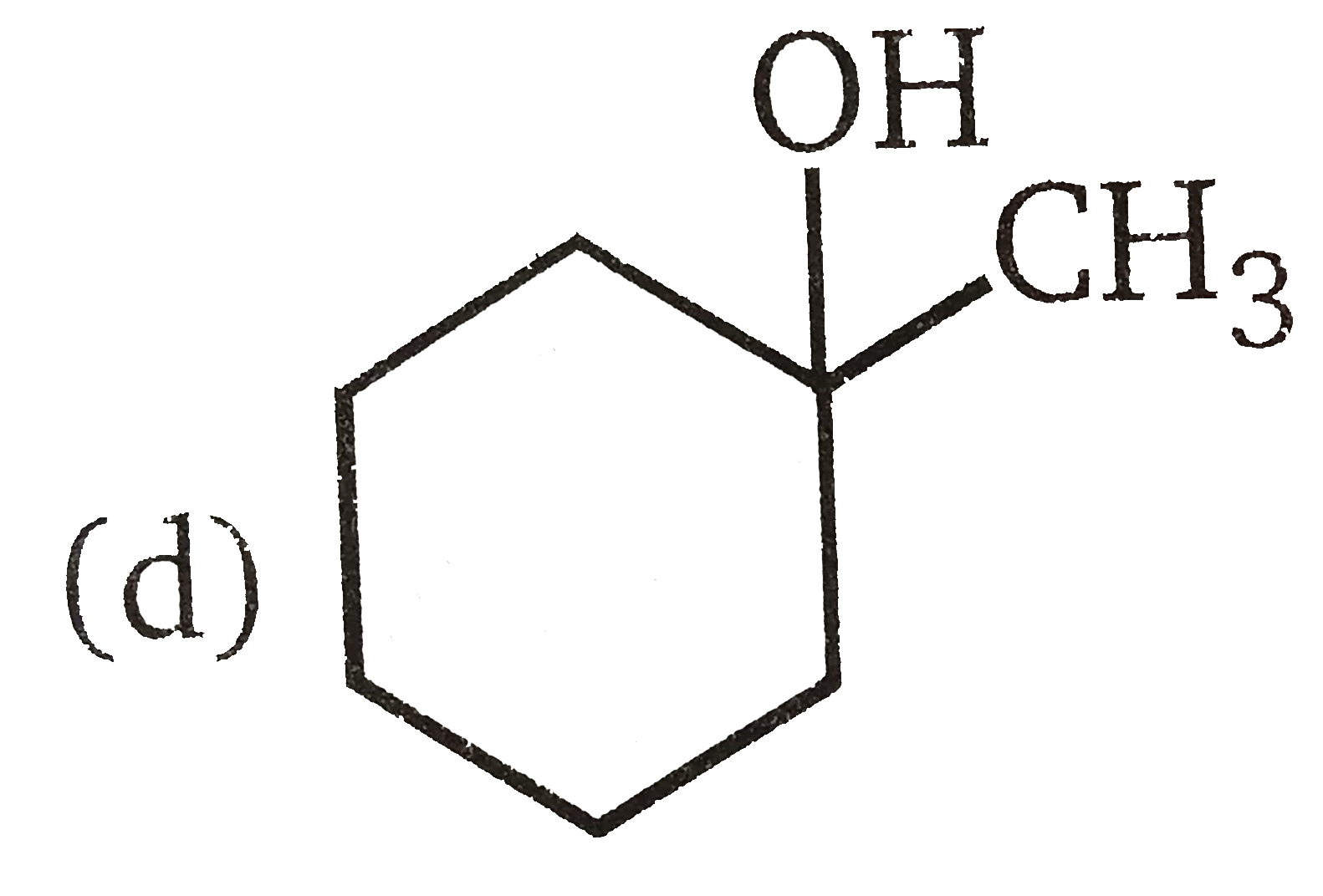
Vladimir Markovnikov rule:
Alkenes undergo electrophilic addition reactions. It is triggered by the acid acting as a electrophile toward π-electrons of the double bond.
Markovnikov's rule states that when an unsymmetrically substituted alkene reacts with a hydrogen halide, the hydrogen atom adds to the carbon that has the greater number of hydrogen, e.g.,
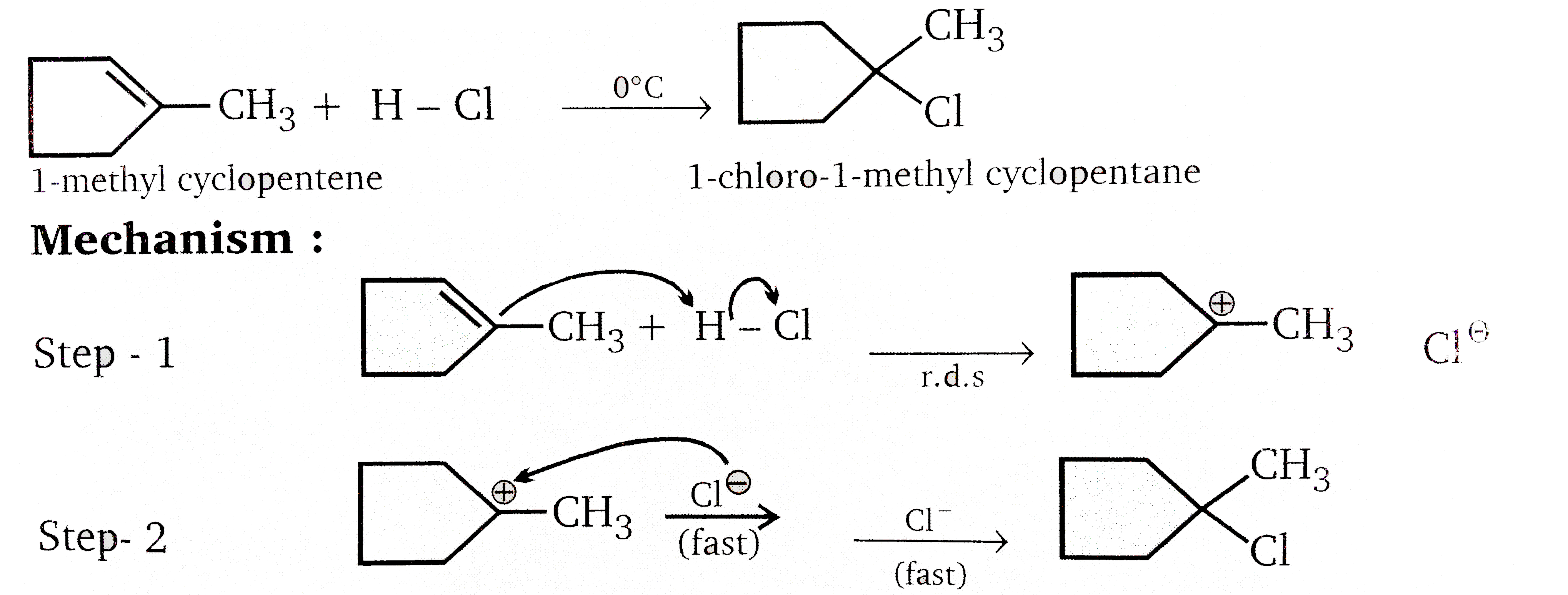
In which of following reactions, carbocation rearrangement is possible?A(CH3)4CH−CH=CH2HCl−−−−−→0∘CB(CH3)3C−CH=CH2HBr−−−−−−−→0∘C/Cl4CPh−CH2−CH=CH2HBr−−−−−→CCl4DAll of these
Vladimir Markovnikov rule:
Alkenes undergo electrophilic addition reactions. It is triggered by the acid acting as a electrophile toward π-electrons of the double bond.
Markovnikov's rule states that when an unsymmetrically substituted alkene reacts with a hydrogen halide, the hydrogen atom adds to the carbon that has the greater number of hydrogen, e.g.,
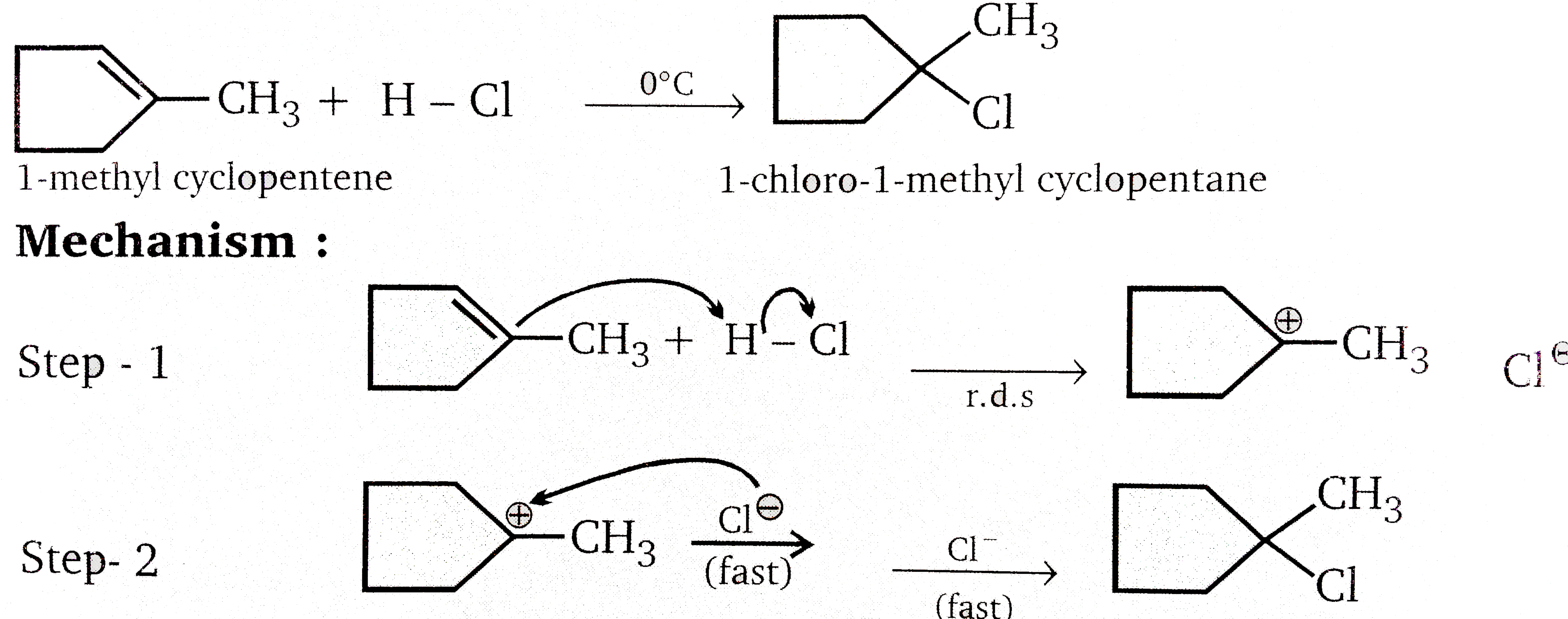
What is the energy profile for the given reaction?
View SolutionVladimir Markovnikov rule:
Alkenes undergo electrophilic addition reactions. It is triggered by the acid acting as a electrophile toward π-electrons of the double bond.
Markovnikov's rule states that when an unsymmetrically substituted alkene reacts with a hydrogen halide, the hydrogen atom adds to the carbon that has the greater number of hydrogen, e.g.,
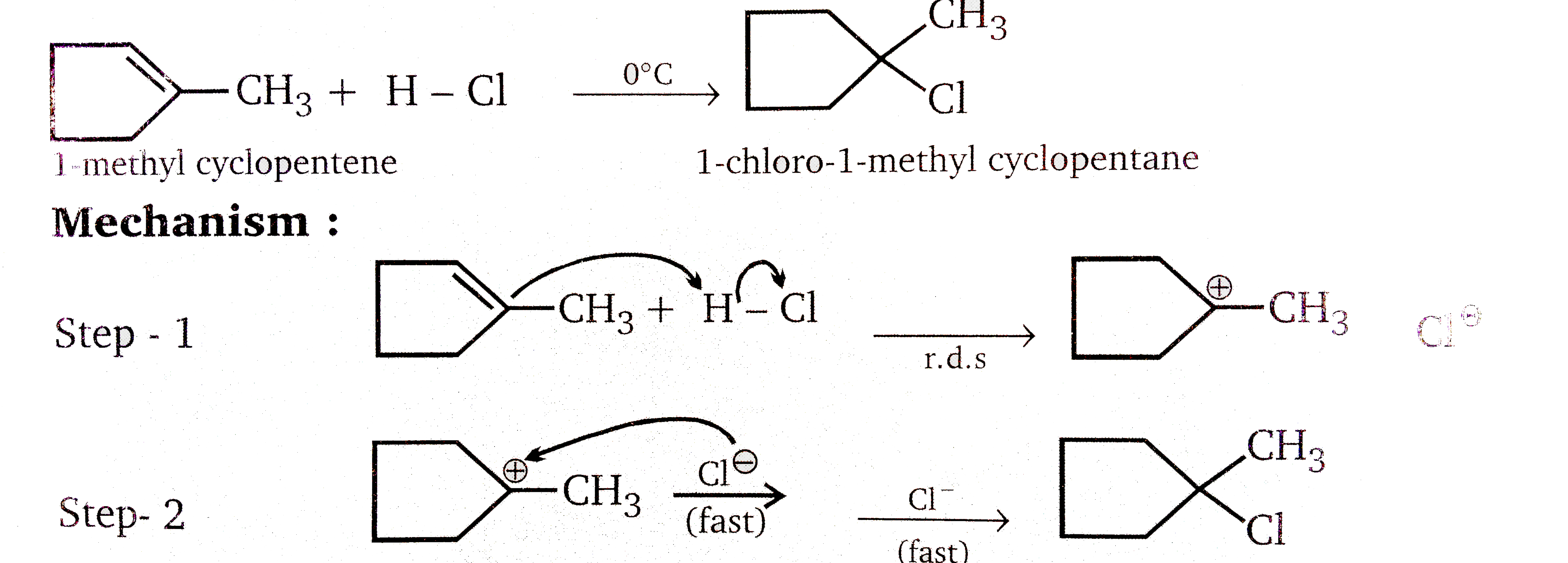 In which of the following reactions, product is racemic mixture?
In which of the following reactions, product is racemic mixture?
View SolutionIn the given reaction, only one alkene undergo preferential oxidation alkene undergo preferential oxidation by electrophilic ozone. Identify product (P) of the given reaction:

View SolutionAn alkyl bromide produces a single alkene when it reacts with sodium ethoxide and ethanol. The alkene undergoes hydrogenation and produces 2-methylbutane. What is the identity of the alkyl bromide?
View SolutionAn alkyl bromide produces a single alkene when it reacts with sodium ethoxide and ethanol. This alkene undergoes hydrogenation and produces 2-methyl butane. What is the identity of the alkyl bromide
View Solution
